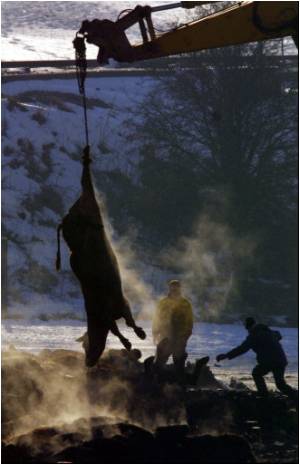
Females tend to outlive males in many animals, including humans. But in the Milne-Edwards' sifaka - a rainforest-dweller with orange-red eyes, a black face and woolly dark brown fur - the sexes didn't seem to differ in any of the ways thought to give females a survival advantage in other animals.
Sex differences in aggression, hormones, or appearance drive males of many species to an earlier grave. But in the Milne-Edwards' sifaka, males and females have similar levels of testosterone, and are equally likely to pick fights.
Both sexes occasionally stray from the safety of their social groups, explained lead author Stacey Tecot of the University of Arizona. They also grow at similar rates and reach roughly the same size, have similar coloration, and are equally likely to be spotted by predators.
For the study, Tecot, Wright and colleagues analyzed detailed records of births, deaths, and dispersal behavior for more than 70 individual lemurs living in Ranomafana National Park in southeastern Madagascar - a data set spanning 23 years from 1986 to 2009.
According to the data, most males died by their late teens. But females lived, on average, into their early 30s.
Advertisement
In Milne-Edwards' sifaka society, both sexes are known to leave the groups where they were born in search of a new group to call their own - sometimes dispersing repeatedly throughout their lives.
Advertisement
The differences didn't start to emerge until later in life. Females generally stopped dispersing after a certain age, typically when they reached 11 years old. But males continued to roam their entire lives.
Researchers don't know why females eventually settle down, whereas males continue to strike off on their own to find new groups. But dispersing at older ages could carry greater costs, especially if older animals aren't as agile or quick to heal from injury.
"When you're a social animal and you go off on your own into unfamiliar territory, finding food can be more of a challenge. Plus you don't have the extra protection of other group members who can help look out for predators. Even when you find a new group to join, you may have to fight your way in and there's a chance of getting injured in a fight," said co-author Jennifer Verdolin of the National Evolutionary Synthesis Center in Durham, North Carolina.
But the study doesn't help explain why women tend to outlive men in humans, the researchers said.
However, it does suggest that fine-scale studies of risk-taking behavior at different ages could reveal age-specific mortality risk factors that researchers hadn't considered.
Source-ANI









